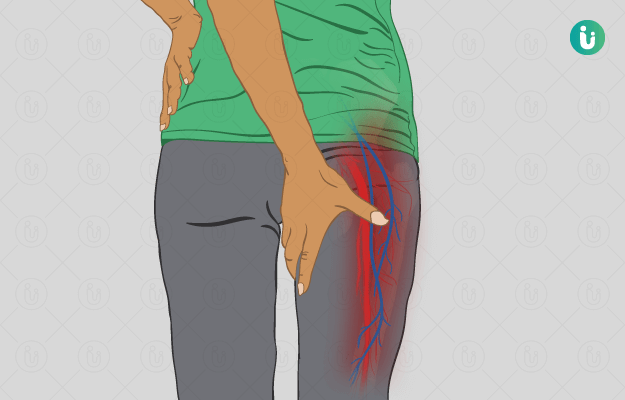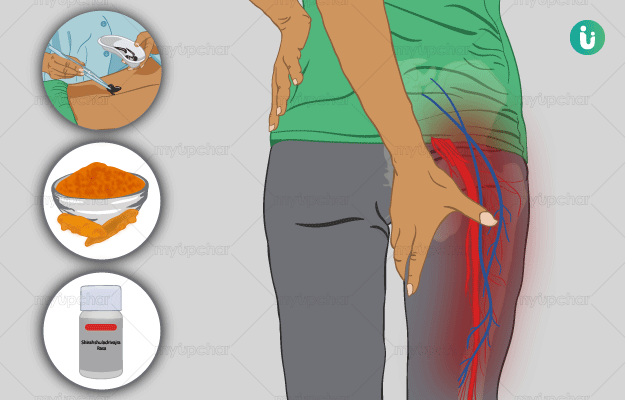What is Neuropathic Pain?
Neuropathic pain is a condition wherein pain occurs as a result of an injury or damage to the nerve tissues. It also creates painful sensations in the areas that usually are not affected or injured due to unusual or abnormal signals being sent to the pain receptors. The quality of life of such people is compromised due to neuropathic pain. It is found that around 7-8% individuals manifest a neuropathic type of pain.
What are the main signs and symptoms?
Pain may occur anywhere, such as pelvic region pain, musculoskeletal pain, and pain around the jaw regions. The major associated symptoms include
- Intense pain.
- Prickly sensation in and around the affected area.
- Pain sensation in regions that are not usually involved.
- Heightened sensitivity.
What are the main causes?
The main causes include pressure exerted on the nerves due to surgical intervention or an injury. In addition, certain infections, deformed vessels, and metabolic conditions are responsible for the pain. Spinal or brain lesions or a diseased condition can also lead to neuropathic pain.
How is it diagnosed and treated?
The initial assessment includes recording the medical history and physical examination. The characteristic features of pain may be assessed. Treatment is employed depending upon the pain pattern. A neurological examination of a lesion may be ordered by the physician. Pain assessment score may be used, and tools, such as toothpicks or other instruments, are used to detect pain sensation. Imaging techniques, including MRI or skin biopsy, may be done to check nerve activity.
Neuropathic pain cannot be effectively managed but primary care may be given. The initial treatment includes pain management and avoiding further complications. Primary treatment includes the use of antidepressants followed by anaesthetics and opioid-type drugs, although their use is limited.
Non-drug methods include:
- Physical therapy.
- Cognitive behavioural therapy.
- Recreation and meditation.
Neuropathic pain occurs due to undue pain related to other underlying conditions as well.

 Doctors for Neuropathic (Nerve) Pain
Doctors for Neuropathic (Nerve) Pain  OTC Medicines for Neuropathic (Nerve) Pain
OTC Medicines for Neuropathic (Nerve) Pain
 Neuropathic (Nerve) Pain articles
Neuropathic (Nerve) Pain articles

 Ayurvedic Treatment of Neuropathic (Nerve) Pain
Ayurvedic Treatment of Neuropathic (Nerve) Pain
 Home Remedies for Neuropathic (Nerve) Pain
Home Remedies for Neuropathic (Nerve) Pain
 Homeopathic Treatment of Neuropathic (Nerve) Pain
Homeopathic Treatment of Neuropathic (Nerve) Pain







 Editorial Team
Editorial Team

 Dr. Rachita Narsaria
Dr. Rachita Narsaria

 Dr. Laxmidutta Shukla
Dr. Laxmidutta Shukla











